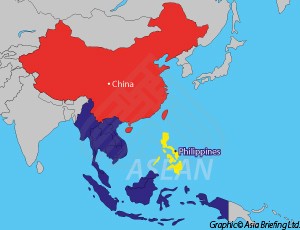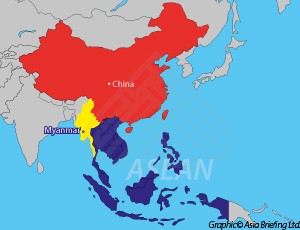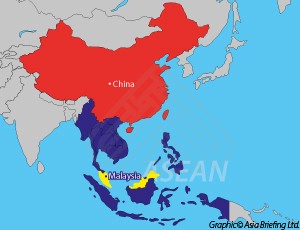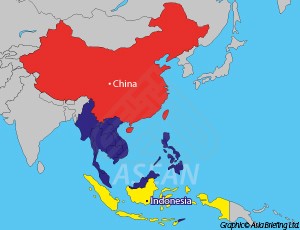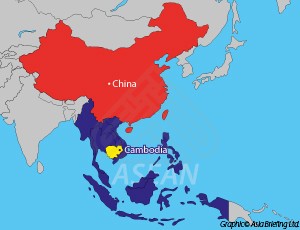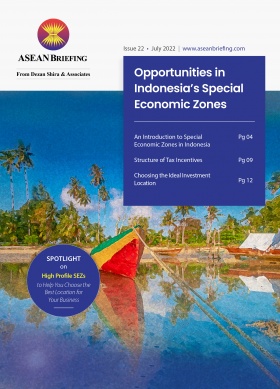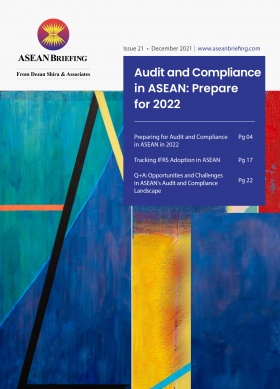The Cost of Business in the Philippines Compared With China
When considering where to locate, compare China to the Philippines, an ASEAN Tiger with a population of about 100 million and GDP of USD300 billion that has been performing well over the past few years. Here, we discuss how the country can fit into a firm’s business model.
The Cost of Business in Myanmar Compared With China
The fifth part in our comprehensive look at how doing business in ASEAN compares with China, this time focusing on Myanmar.
The Cost of Business in Malaysia Compared With China
The fourth part in our comprehensive look at how doing business in ASEAN compares with China, this time focusing on Malaysia.
The Cost of Business in Indonesia Compared With China
The second part in our comprehensive look at how doing business in ASEAN compares with China, this time focusing on Indonesia.
The Cost of Business in Cambodia Compared With China
In Part One of our series comparing ASEAN nation business costs with China, we discuss Cambodia and how the country may fit into your China strategy.
CLMV in India’s “Act East” Policy
The 2015-2016 Indian budget includes a proposal to set up manufacturing hubs in Cambodia, Myanmar, Laos, and Vietnam.
ASEAN Case Study: The Auto Industry and GM
With the ASEAN Economic Community going into effect at the end of this year, many companies are now seriously considering moving their operations to the region. However, the question remains as to where in ASEAN to base your business. As such, it is helpful to consider corporations that have made the move to ASEAN in the past and to try and understand their reasons for doing so. We delve into GM’s expansion into the region and provide snapshots of their operations in a few key countries.
Understanding Inheritance and Estate Tax in ASEAN
Inheritance and estate taxes (sometimes referred to as “death taxes”) can have a significant financial effect upon your assets if you are not ready for their imposition. While ASEAN is working to standardize many financial regulations throughout the economic community, inheritance and estate taxes are still imposed differently depending on the country.
Cambodia Raises its Income Tax Threshold
At the beginning of January, Cambodia reduced the income tax burden on workers in the country. The government has raised its tax threshold from 500,000 riel (US$125) to 800,000 riel (US$200). The previous lowest income tax bracket had begun at 500,000 riel, at a rate of five percent. This change puts approximately US$3.75 a month back into the pockets of workers in Cambodia earning over US$200 per month.
Turkey Launches Anti-Dumping Probe into Malaysia, Vietnam Steel Re-Exports
The Vietnam Competition Authority has announced that Turkey’s Ministry of Economy is investigating steel products imported from Malaysia and Vietnam following a complaint by M/s Jindal Stainless Limited.


